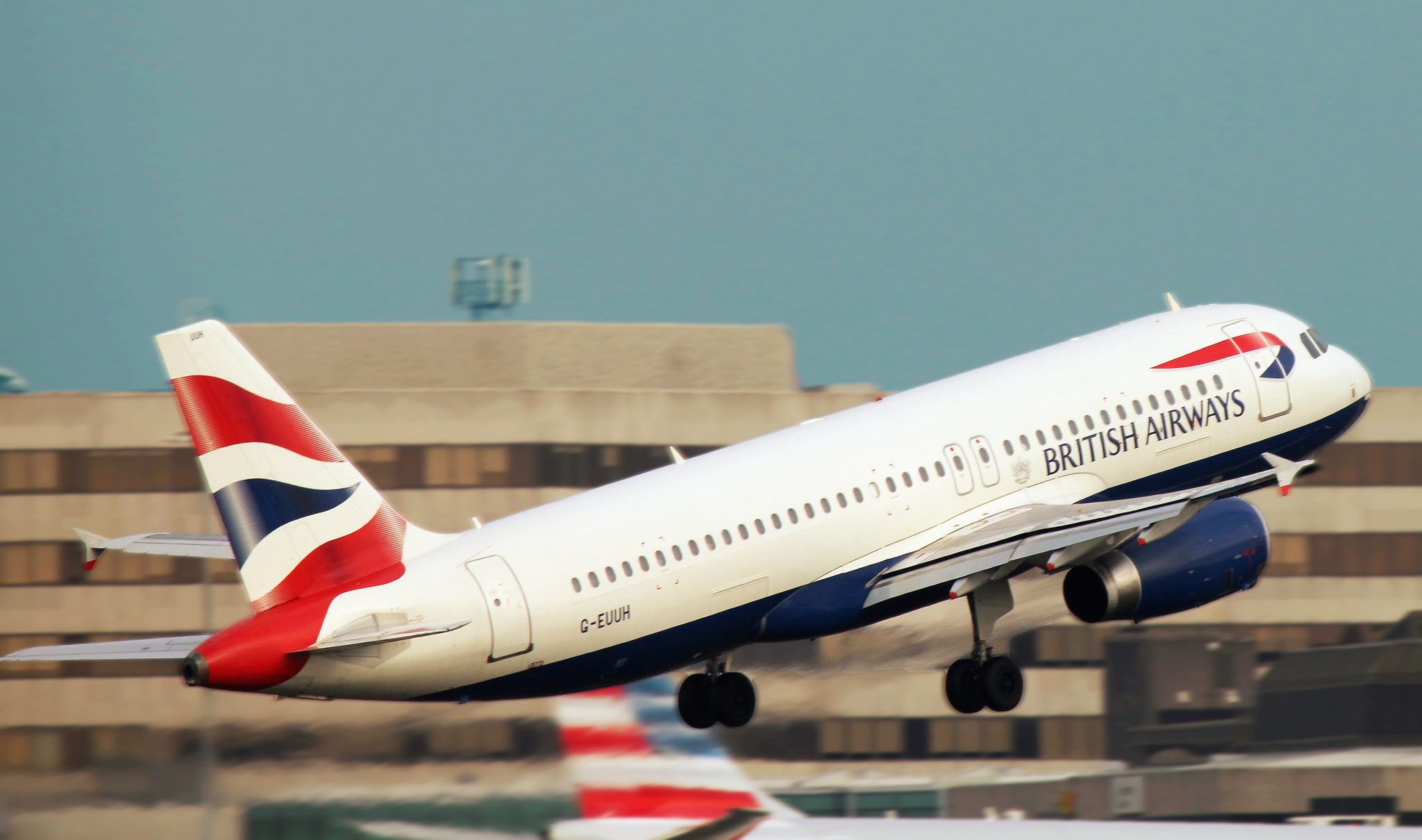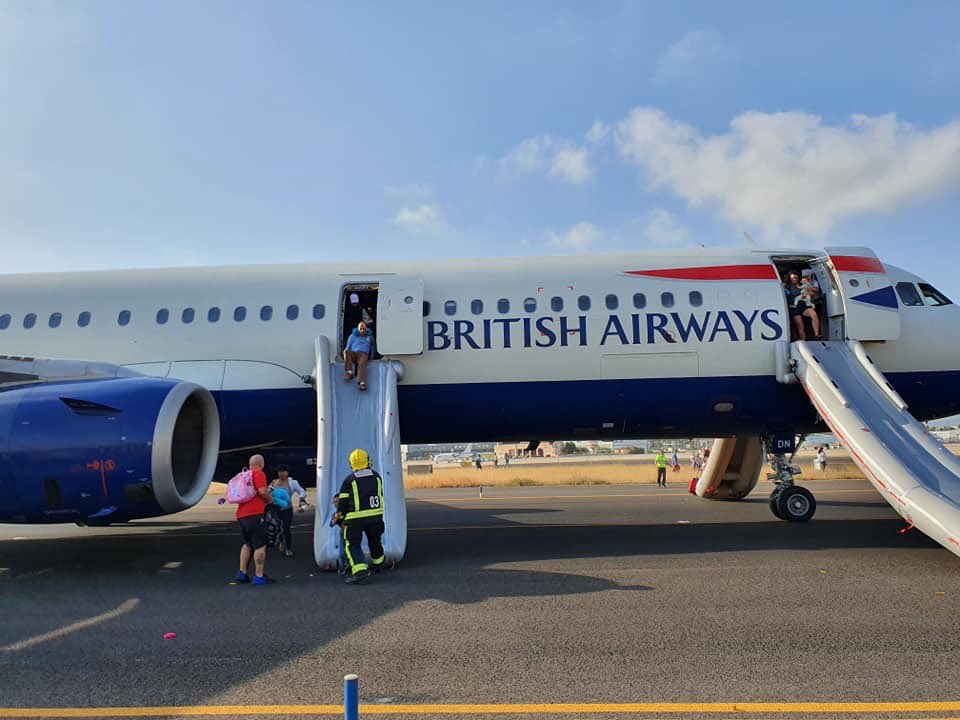
A British Airways flight from Bari to London Gatwick airport was forced to divert and make an emergency landing into Basel’s EuroAirport yesterday afternoon after potentially toxic fumes started to fill the passenger cabin. An emergency was declared just before 1pm and all other air traffic at the airport was shut down for over 20 minutes as emergency services dealt with the incident.
A spokesperson for the airport told Italy’s La Repubblica that four of the crew members onboard “were affected by the smoke” and had to be taken to hospital. It’s not known whether the pilots were also affected by the fume event. All 165 passengers onboard British Airways flight BA2591 were said to be unharmed and a replacement plane was dispatched to Basel later the same day.

The aircraft on which the fume event occurred returned to London on Sunday morning and is scheduled to start operating short-haul flights the same day according to information provided by FlightRadar24.
56 fume events in little more than a month
Yesterday’s incident brings the total number of such ‘fume events’ to a staggering 56 in little more than a month according to a petition which is calling on British Airways to fit special air filters and sensors to help protect passengers and staff.
In just one day at the start of October, it’s claimed there were a total of 14 fume events in less than 24-hours which all occurred on British Airways operated Airbus A320-family aircraft. The vast majority of these alleged fume events have occurred on the airline’s short-haul network but there have also been reports of fume events taking place on long-haul flights operated by Boeing 747 and 777 aircraft.
At the end of last week, there were reports of three separate emergency landings in one evening at Heathrow Airport caused by suspected fume events on BA aircraft. And the day before another British Airways plane flying from Larnaca to London Gatwick was diverted to Athens because of reports of smoke in the passenger cabin.

The most well-known recent case involving a British Airways flight involved an emergency evacuation at Valencia airport at the start of August when thick white smoke filled the cabin 20-minutes before arrival. Some of the passengers on that flight have since threatened the airline with legal action.
What causes a fume event and are they dangerous?
Fume events can be caused by a variety of reasons but the most concerning is when the ‘bleed air’ system becomes contaminated with highly toxic engine oil fumes. Bleed air is a system in which air is fed through the engine and then pumped through an air conditioning unit into the cabin.
Not all fume events are obvious and they don’t always occur with visible smoke – other telltale signs include smelling an acrid or musty odour, as well as suffering symptoms like nausea, headache, blurred vision, a sore throat and memory loss.
Some campaigners claim fume events can cause serious long-term health effects which are collectively known as ‘aerotoxic syndrome’. The Unite union, which represents cabin crew at British Airways, says it is pursuing nearly 100 legal cases on behalf of cabin crew who have been impacted by fume events.
Not all of these cases involve British Airways and it’s important to add that fume events occur on lots of different airlines. Only last month, for example, a Hawaiian Airlines operated Airbus A321neo aircraft was evacuated in very similar circumstances to the British Airways incident in Valencia.
British Airways has previously described fume events as “odour events” – the airline admits that these incidents can cause unpleasant short-term effects but insists that there is no evidence that they can cause any serious or longterm health concerns.
Related
Mateusz Maszczynski honed his skills as an international flight attendant at the most prominent airline in the Middle East and has been flying ever since... most recently for a well known European airline. Matt is passionate about the aviation industry and has become an expert in passenger experience and human-centric stories. Always keeping an ear close to the ground, Matt's industry insights, analysis and news coverage is frequently relied upon by some of the biggest names in journalism.







